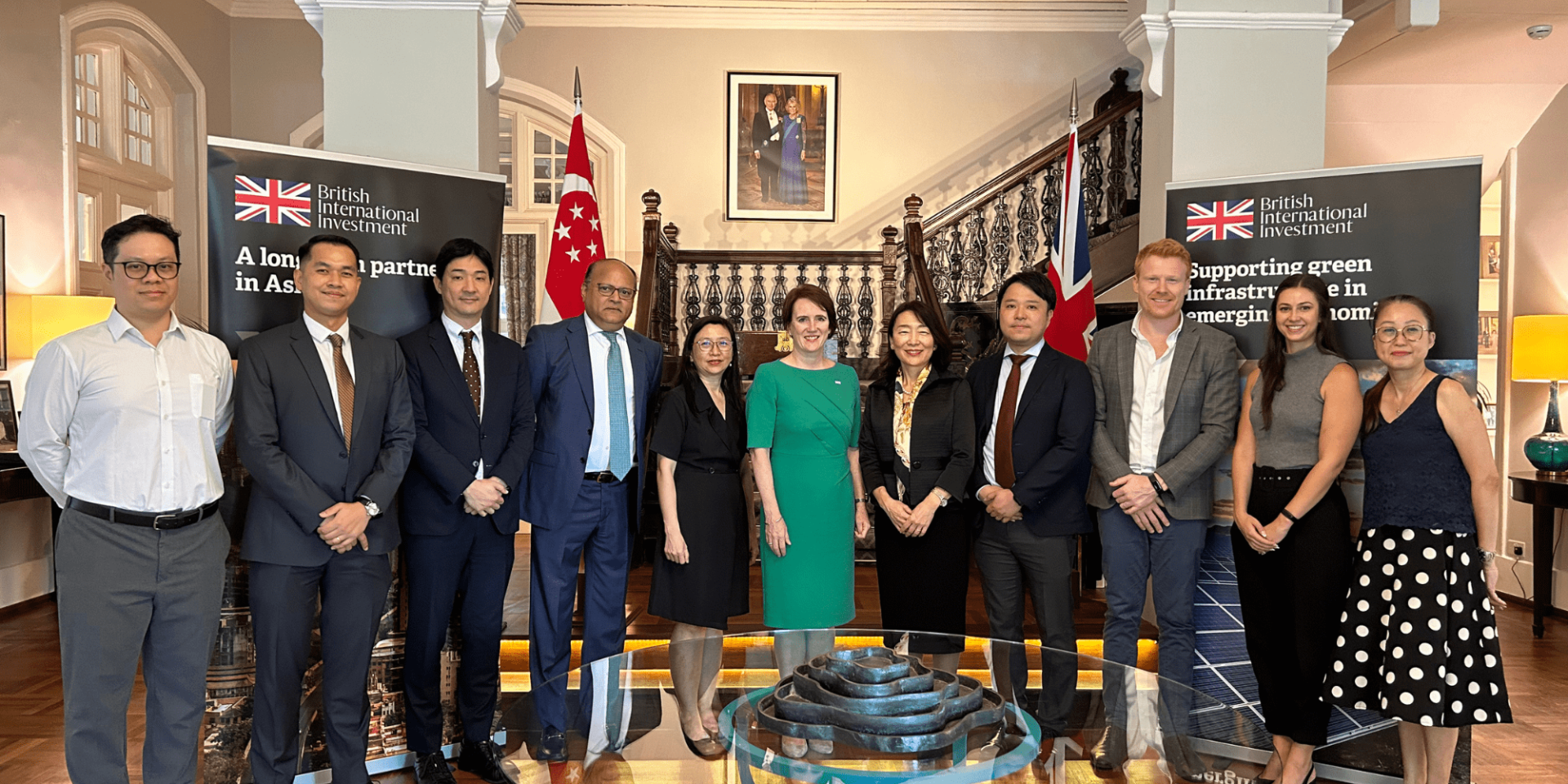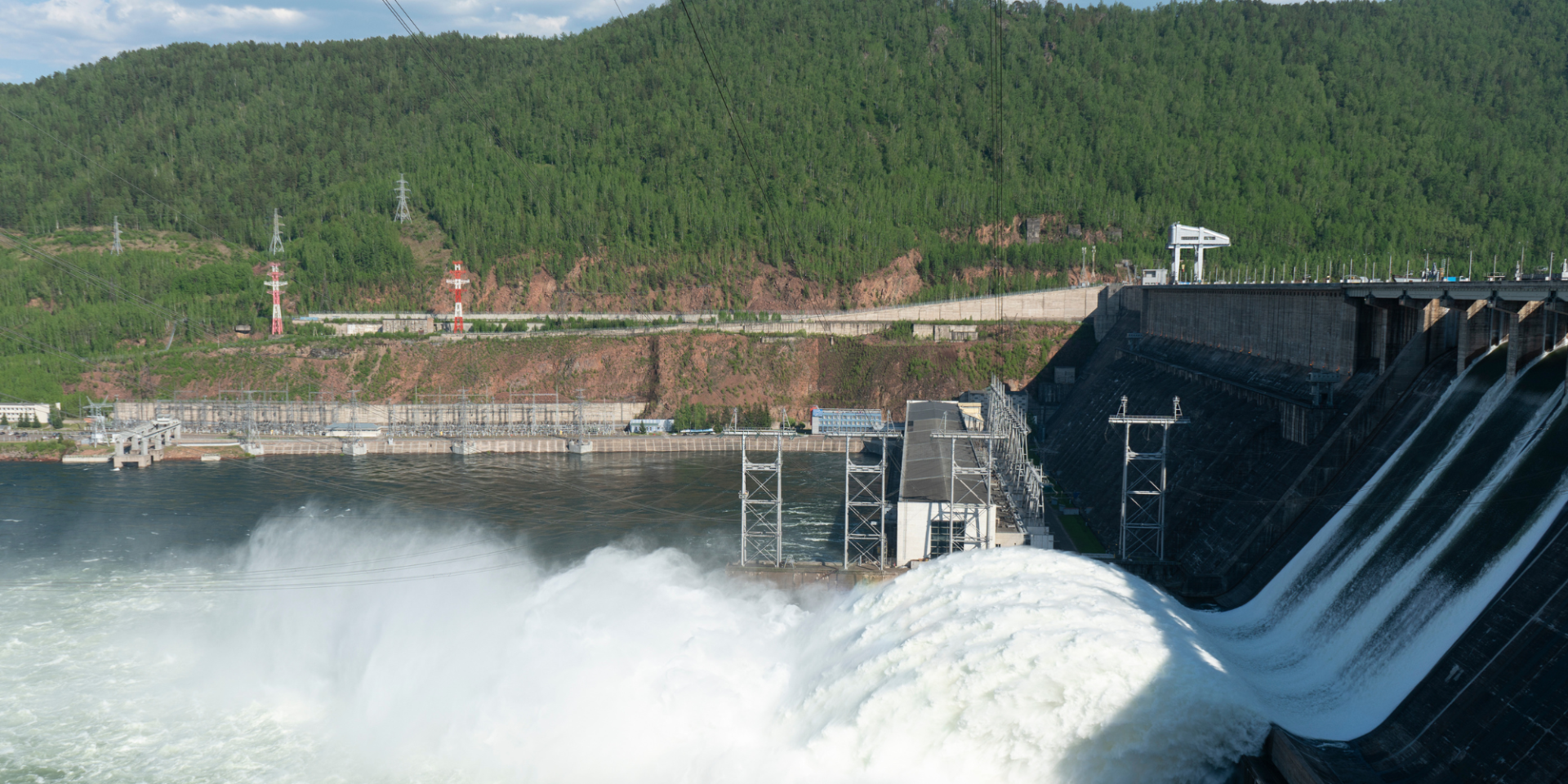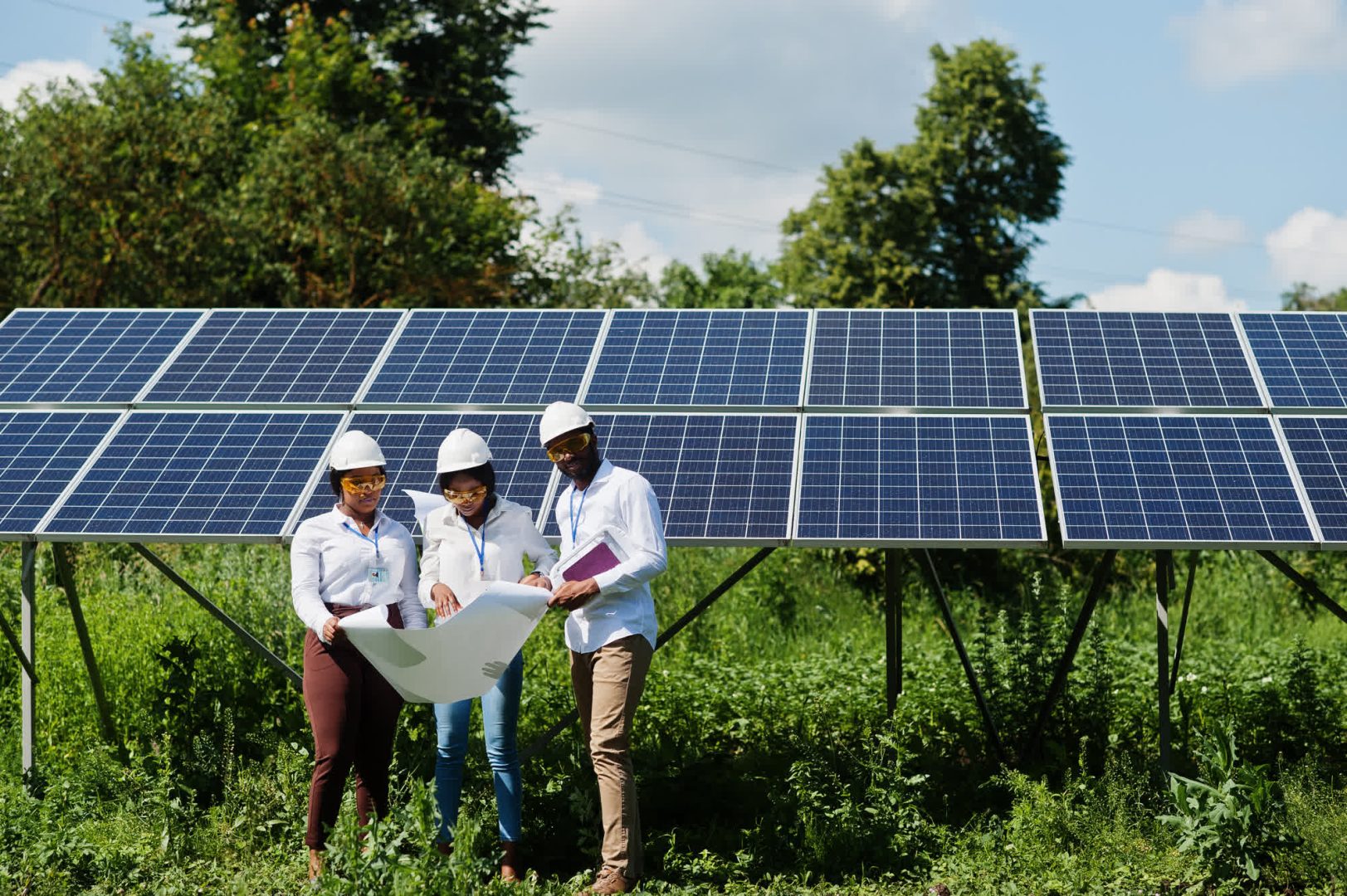Africa is a continent blessed with significant sun and wind resources. While its future prosperity may depend on leaving behind the fossil fuels of the past, leapfrogging to the cleaner and cheaper technologies of tomorrow comes with significant challenges.
Michael Dreyer is an Investment Director at CDC, the UK’s development finance institution, and one of the biggest investors in renewable energy in sub-Saharan Africa. CDC provides both debt and equity to facilitate growth in renewables. “We have a focus on power because of the impact it has on economic growth and development,” he says. “Now more than ever, ensuring sustainable development is crucial. As a result, we are endeavouring to use clean technologies to increase generation capacity in our markets of focus.”
CDC has targeted 30 per cent of its total 2021 commitments to climate finance, having already put over $1 billion into the space over the last three years. CDC’s recently launched Climate Strategy further highlights how it’s prioritising investments in renewable energy.
One of those investments was a 70 per cent stake in Globeleq: Africa’s largest Independent Power Producer, which develops, owns and operates thermal and renewable plants in Africa. Globeleq owns eight utility scale solar or wind power plants in Africa and currently has Malindi Solar (52MW) under construction in Kenya. Jonathan Hoffman is their Chief Development Officer: “Renewables are increasingly a big focus for us. If we can help a utility fix a supply issue through renewables that’s absolutely a first choice. In our target countries, we’d like to increase the generation from wind and solar.”
In almost every region of the world, power needs vary throughout the day, peaking when the population gets up in the morning, and again in the evening when people stop work. Solar power, for example, has the opposite pattern. A lot of renewable energy is only there when it’s there: it can’t be stored.
That poses a challenge for governments and anyone in the renewable energy industry, but not an insurmountable one. One solution could be batteries: much like phone batteries, they can be ‘charged’—in the case of solar power—during the day when it’s sunny, and drained whenever the population need the energy.
According to Michael, building solar plants with batteries is feasible, but they come at a cost and the buyer of power needs to be willing and able to pay for it. “We have the ability to shift power to the time when we need it, but its value has not been seen first-hand by market players yet. The technology has undergone very interesting developments in the last few years and has fallen in cost and become more scalable. CDC is following these trends closely and is also open to investing in the industry.”
But right now, in Mozambique for example, Globeleq is blazing a trail by leading the first utility-scale solar—plus battery—project in sub-Saharan Africa.
As the first utility-scale project of its kind, did the client feel like they were taking a risk? “The client wanted to incorporate storage,” says Jonathan. The result was a win/win: “This allowed us to firm up their supply for them, and also to slightly shift into their peak demand some of their power supply. Because they wanted it, they were able to work with us to incorporate it into their sales agreement really easily.”
While some countries are more complex from a regulatory perspective, in the case of Mozambique an appropriate regulatory framework was already in place. Could more countries soon fall into that line?
Chris Chijiutomi is Director and Head of Infrastructure Equity at CDC. He agrees with Jonathan that the main issue with utility-scale battery power isn’t all regulatory hurdles: costs plays a big role. Having to incorporate battery storage knowing that it’s currently near the top of its cost curve isn’t an attractive proposition for many clients right now. But that’s changing, according to Jonathan. “They’re looking for a leader, someone who’s done it before or someone to make the financing easier.” Perhaps where Mozambique has led, more will follow.
Chris says there’s some ‘concessionary’ money out there in the market, to help utility off-takers on their way: “This will help pay for the storage and the roll out of some of the first projects, so it doesn’t impact the utility’s price that they have to pay to store and deliver the energy.”
In Africa, electricity production needs to move as fast as the population growth rate: the continent’s economic and social development depends on it. As home to the world’s fastest growing population, numbers are set to double by 2050. That’s the same year that most of the countries have agreed, through the Paris Agreement to reach net zero emissions. How realistic are their promises to align with Paris?
Accelerating renewables is one of the most powerful tools Africa has to reach the Paris Agreement by 2050, but the task is going to be far from easy. For CDC, and for Globeleq, it’s all about engaging the right people at the right time and offering solutions that fit the specific problems for the utility and countries. “People need to understand the benefits,” says Jonathan. “The price of renewable energy has come right down, but we also need to demonstrate that we can work together with clients to develop sites, or build substations where we can deliver more renewable energy on to the grid. By coming together we could provide clients with the money to build the project, we just need a commitment from them to buy the power over a long term. We need to help them understand the dynamics.”
Change is certainly happening. In the last 12 months, Chris has seen “a lot more education, a lot more knowledge and a lot more action, particularly coming from institutions, governments and industry players that invest a lot in these markets.” Are people now waking up to the promise and potential of renewables? “We’re on a path there”, he says. “Capital providers are making a special type of noise, and thinking about the right kinds of policies. Now we need the supply side. We need the two sides to join hands and work together.”






